
Q&A: Delia Stemate, an aerospace engineering student
Why did you first become interested in science and engineering?
My interest in STEM began at a very young age during primary school, largely thanks to a teacher who placed great emphasis on mathematics. Throughout my education, I was fortunate to have at least one teacher in each stage who nurtured my passion for mathematics and physics. Teachers are often our first real exposure to academic subjects, and I was lucky to have mentors who supported and encouraged me – starting as early as age seven, when I was selected to participate in maths competitions.
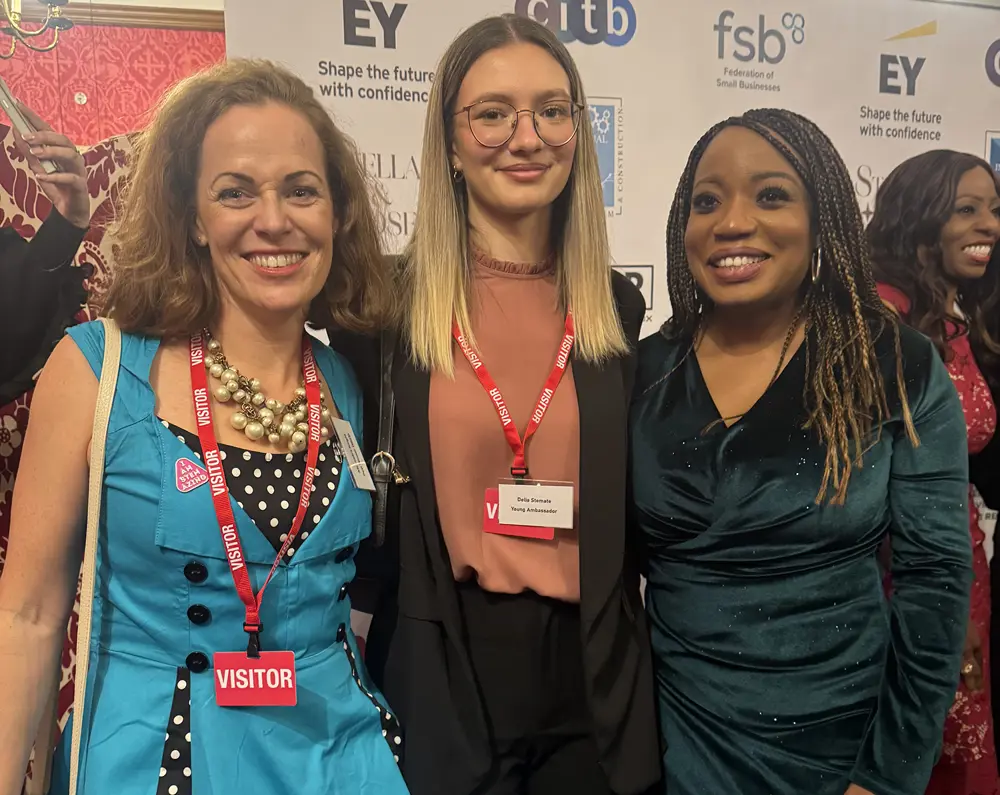
Delia (centre) with her mentor Alexandra Knight, CEO of Stemazing, (left) and Dr Roni Savage (right) at the Inspirational Business Women in STEM and Construction Awards at the House of Lords
How did you get where you are now?
I knew quite early that I wanted to study abroad and I committed myself fully to that goal. As an international student, I understood that strong academic results alone wouldn’t be enough and that I needed to stand out. During my final two years of high school, I worked intensively: preparing for final exams, obtaining my English language certification, staying active in volleyball, and navigating the university application process. However, I owe much of my success to the constant support of my family and teachers, who believed in me and motivated me to achieve my best.
What has been your biggest achievement to date?
My biggest achievement to date has been completing my placement year. If someone had told my 16-year-old self that I would one day spend a year working at one of the world’s leading space and defence companies, I would have thought it impossible. But that’s exactly what I did at Airbus Defence and Space, and it was an experience that still feels surreal at times.
During my internship, I worked in the procurement team, helping to find new technologies and potential suppliers for some of the equipment used in satellite ground systems. I carried out market research on a wide range of products, from modems and antennas to satellite communication devices and power units, looking into what options were available, how well they matched the technical requirements, and which companies could supply them. I even helped organise an innovation event where different suppliers presented their latest technology solutions to our team.

Delia on the last day of her placement at Airbus Defence and Space
I also visited suppliers to learn more about what they could offer and prepared reports that helped decision-makers understand the market better. On top of that, I was involved in work related to making the supply chain more sustainable, which was a great opportunity to contribute to something I really care about. The experience gave me the chance to develop both technical and professional skills, while seeing how the space industry works behind the scenes.
What is your favourite thing about being an engineer?
What I love most about engineering is that it never stands still – there is always something new to learn. Technology is constantly evolving and engineering spans so many disciplines that you’re never truly done discovering. It’s a career where curiosity is continuously rewarded and boredom is never an option.
What does a typical day involve for you?
This year has been very different from last year, as I returned to university to complete the final year of my aerospace engineering degree. A typical day now includes attending lectures, completing assignments, and dedicating a lot of time to my final-year dissertation. My project explores ways to reduce the noise generated by airflow over aircraft wings during flight. I’ve been investigating special surface patterns called riblets, which are inspired by the texture of shark skin and can help control the airflow to make it quieter.
“Teachers are often our first real exposure to academic subjects, and I was lucky to have mentors who supported and encouraged me"
To test this, I used a model aircraft wing (called an airfoil) and placed it inside an anechoic wind tunnel – a quiet testing environment designed to measure sound accurately. I used very fine sensors to capture how the air moves over the surface and then analysed the data using software tools to understand how different riblet placements affected airflow and noise. I also faced challenges such as limited lab access and budget restrictions, which meant adapting my original plan, for example by working with a pre-made model instead of 3D printing a custom one.
Alongside my academic work, I’ve continued to play volleyball and taken on a leadership role as chair of the volleyball club. This has involved organising matches, events, and helping manage the team, which has added a fun and rewarding leadership element to my year. Balancing all these responsibilities has taught me to manage my time effectively and strengthened both my technical and interpersonal skills.
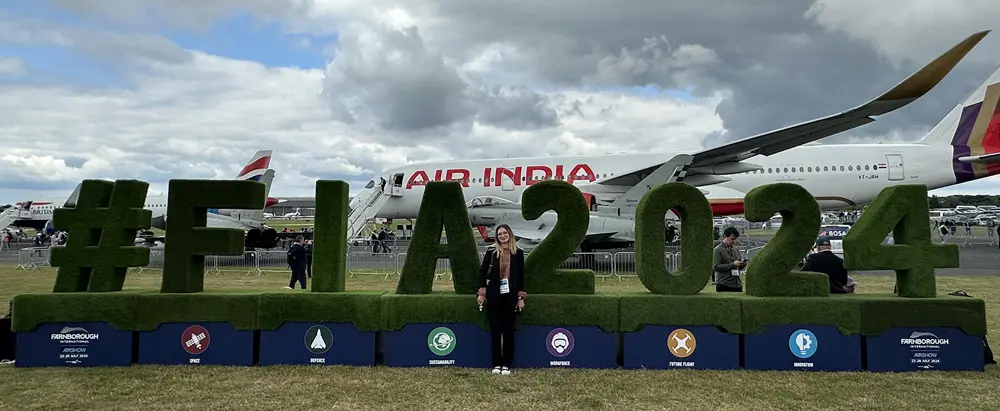
Delia at Farnborough International Airshow with an A400M aircraft
Quick-fire facts
Wind tunnels and volleyball
Age: 22
Qualifications:
Third-year aerospace engineering student at Brunel University; Commodity Management Intern at Airbus Defence and Space; Chair of Brunel Volleyball
Biggest engineering inspiration:
Aerodynamics pioneer, Henri Coandă
Most-used technology:
Wind tunnel testing during my major project
Three words that describe you:
Optimistic, hardworking and empathetic
What would be your advice to young people looking into pursue a career in engineering?
Don’t be discouraged if things seem difficult or overwhelming at first. Engineering concepts can be complex, but there is always a way to make them accessible. What matters most is being willing to put in the effort and trusting that understanding will come with time and persistence.
What’s next for you?
Next, I’ll be continuing with a master's degree in aerospace engineering, in potentially my final academic year. I’m especially looking forward to exploring more space-oriented topics through my major project and optional modules. I also hope to continue playing volleyball, ideally with a London league team.
Get a free monthly dose of engineering innovation in your inbox
SubscribeRelated content
Aerospace
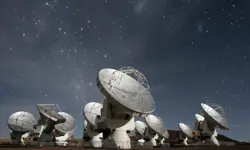
ALMA – the high altitude observatory
The Atacama Large Millimetre/submillimetre Array (ALMA) is the largest and most expensive ground-based telescope built, revolutionising our understanding of stars and planetary systems. Building it in the Atacama Desert in Chile required the ingenuity of hundreds of engineers.

Communicating with outer space
The Royal Academy of Engineering awarded a team at BAE Systems the Major Project Award in June 2016 for their development of a powerful satellite modem system, pivotal in enabling the precise control of the pioneering Rosetta spacecraft and the first-ever soft landing of a spacecraft on a comet.

An aircraft like no other
The Airlander made headlines when it embarked on its first test flight in August 2016 as the world’s largest aircraft. Chris Daniels at Hybrid Air Vehicles Limited, and David Burns, Airlander’s Chief Test Pilot, talk about the engineering that helped it reach this stage and plans for the craft’s future.
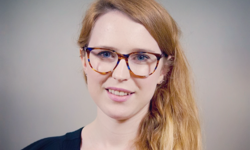
Q&A: Lucy Harden
Lucy Harden is a mechanical engineer on BAE Systems’ Digital Light Engine Head-Up Display development programme. She devises innovative solutions for pilots to display essential flight information that sits directly in their line of sight and is overlaid onto the real world.
Other content from Ingenia
Quick read
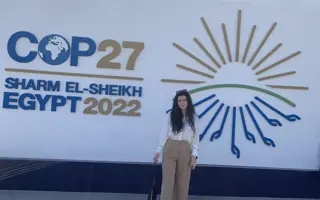
- Environment & sustainability
- Opinion
A young engineer’s perspective on the good, the bad and the ugly of COP27
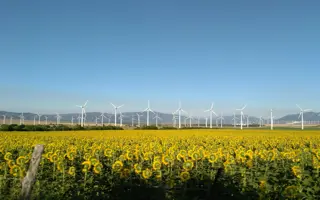
- Environment & sustainability
- Issue 95
How do we pay for net zero technologies?
Quick read
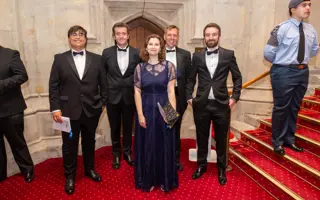
- Transport
- Mechanical
- How I got here
Electrifying trains and STEMAZING outreach
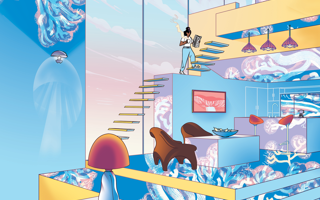
- Civil & structural
- Environment & sustainability
- Issue 95